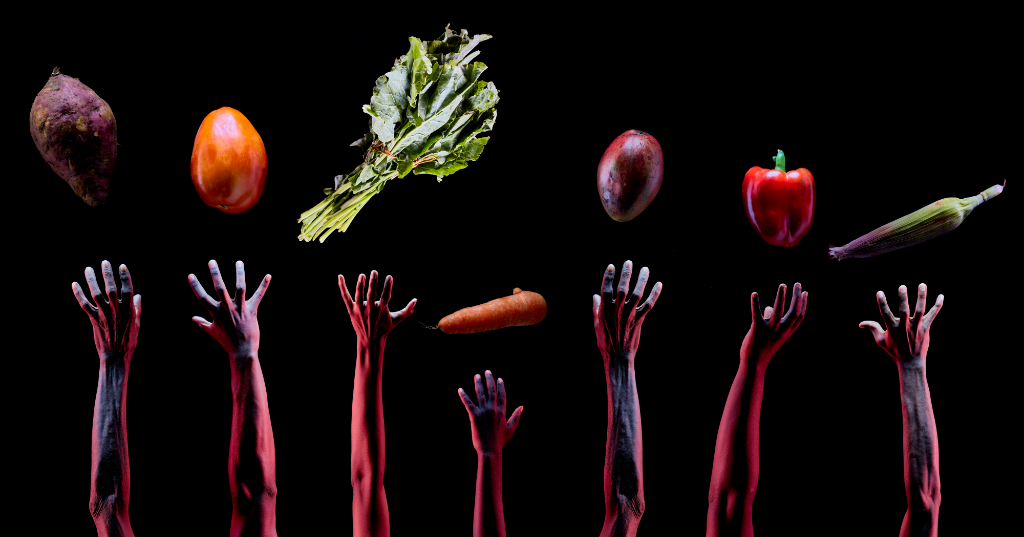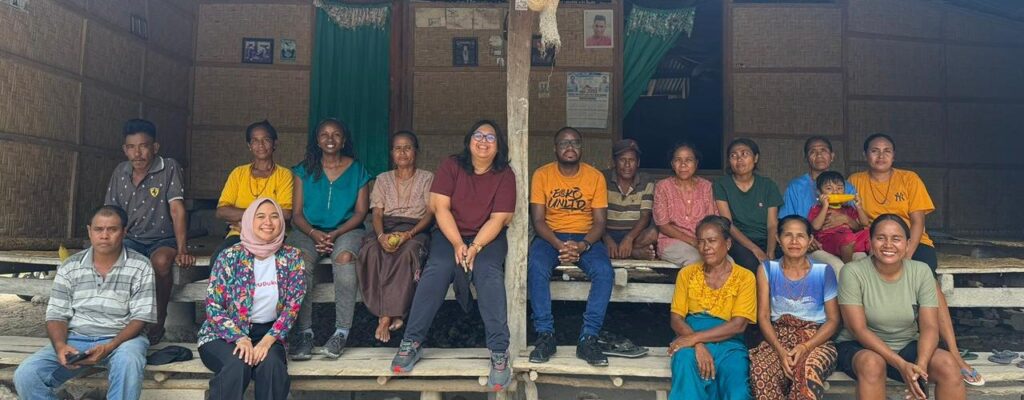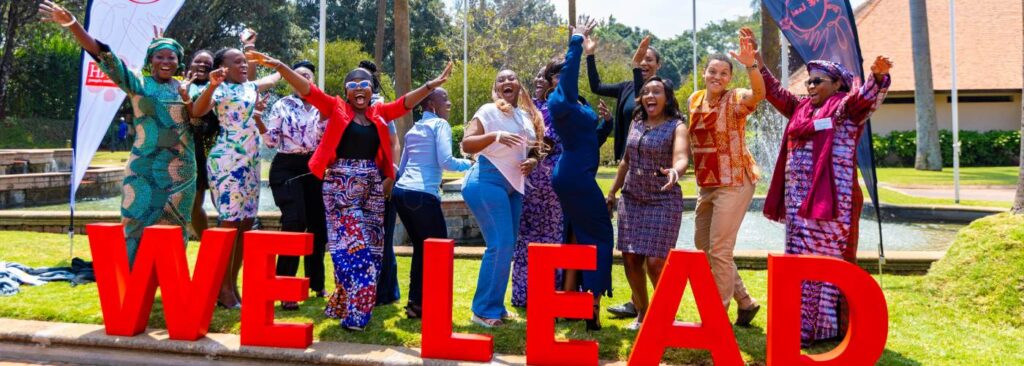We invest in a world where entrepreneurial local people are developing new solutions for some of the most challenging problems of our time. There are many other options for sustainably increasing food production and improving the livelihoods of smallholder farmers that we should look at first before considering investing in GM technology.
While acknowledging the lack of international consensus on the risks and benefits of using genetic modification (GM) technology, Hivos has strong reasons to be very cautious about the use and promotion of genetically modified crops.
The fact that biotechnology plays a major role in contributing to sustainable development makes the production of genetically modified organisms (GMOs) even more controversial. As we monitor the scientific debate around the application of GM technology, Hivos focusses closely on the socio-economic, cultural and environmental contexts surrounding the sustainable production of food.
Support for smallholder farmers worldwide is crucial
It is crucial that we support the 500 million smallholder farmers worldwide if our global food system is to become more sustainable and deliver healthy and affordable food for a growing population without degrading the environment. Smallholders not only produce over 70 percent of globally available food, they also play a key role in conserving traditional plant and crop varieties, maintaining agrobiodiversity and contributing to resilient food production systems. This is why investments to improve smallholder farming infrastructure, access to finance and access to markets are urgently needed.
The currently dominant global food production system promotes a development model of export-oriented, commodity-driven, large-scale industrial agriculture. Most agricultural research and investments – including related to GMOs – are therefore geared towards medium and large-scale enterprises, and their financial and technology needs, instead of smallholder farmers and their needs. Even though we recognise the benefits this development model brings in terms of productivity gains, we’re extremely worried about its other less beneficial consequences: the decline of agrobiodiversity, soil fertility and smallholder agriculture.
Our best bet is diversity in food and food production
Now that the world and the climate are increasingly more volatile – from weather conditions to markets – we strongly believe that our best bet is to enhance the diversity of the food we produce and how we produce it. This will create greater resilience and sustainability in agricultural production systems. In most cases, technological solutions like genetic modification solely favour and attract large-scale agribusinesses, especially because of their proprietary ownership. A single focus on technological solutions such as GM ignores the broader and much more important problem of chronic underinvestment in and marginalisation of smallholder agriculture.
Priority must be given to proven, non-GM tech options
Before considering investing in GM technology in developing countries, priority must be given to options that have proven to increase the productive capacity of smallholder agriculture, reduce environmental impacts and provide economic opportunities for the many instead of the few. What are some of these options?
- Investment in producing and improving locally adapted seeds and (open pollinated) varieties through community seeds banks
- Use of manure and compost to ecologically fertilise soil (or artificial fertiliser in some contexts)
- Nutrient recycling
- Efficient water management
- Diverse planting strategies and other natural forms of pest and disease control
- Promotion of open source seeds systems that favour local seed production and distribution, guaranteeing open access to genetic material for third party breeders.
Make optimal use of locally available natural and human resources
All these methods provide great alternatives to heavy reliance on costly and environmentally unfriendly inorganic fertilisers and pesticides, and farm machinery or other mechanical processes. Smallholders using the options above make optimal use of locally available natural and human resources – such as soil, water, vegetation, local plants and animals, and human labour, knowledge and skills. They typically produce multiple crop varieties on farms that are ecologically resilient and can cope with drought and climate change, resulting in sustainable livelihoods for the farmers.
These agroecological practices are not only proven ways to improve nutrition and avoid economic losses for smallholder farmers, but are also safe – for farmers, consumers and the planet.






